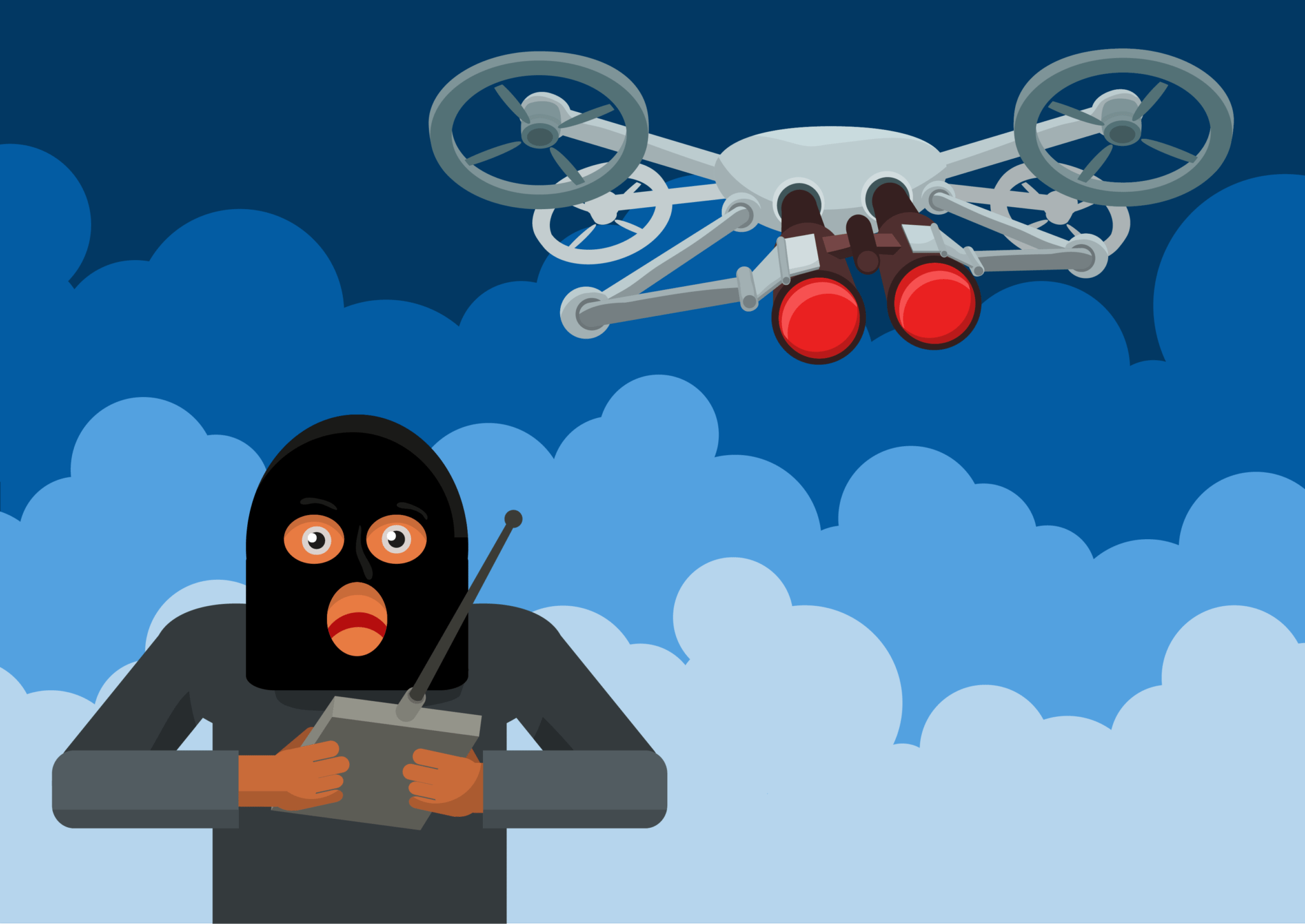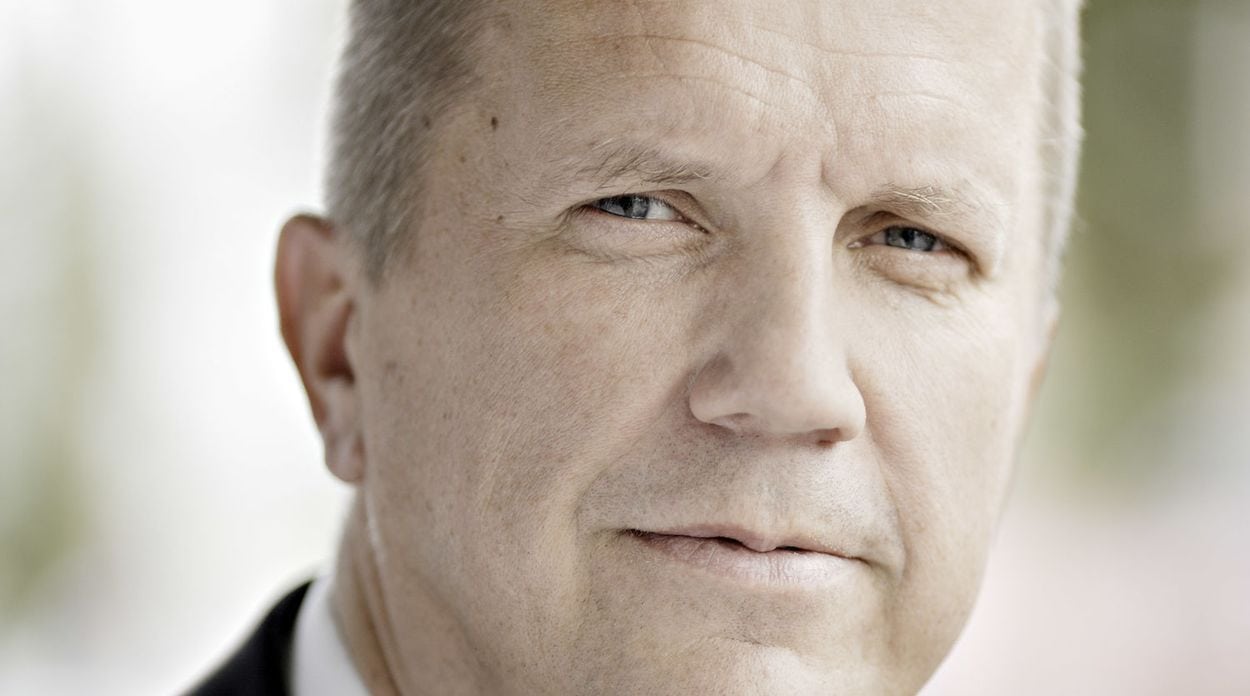 The following blog post was drafted in partnership with Sharper Shape, a global leader in automated drone services and Border States’ partner in aerial infrastructure analysis.
The following blog post was drafted in partnership with Sharper Shape, a global leader in automated drone services and Border States’ partner in aerial infrastructure analysis.
Protecting drone operations and sensitive data
Hacking attacks against companies and technology has become a common occurrence, so as unmanned aerial systems (UAS) are being used more commercially, some organizations are wondering if drones are susceptible to hackers.
Sharper Shape, based in Grand Forks, ND, uses drones to monitor the health of critical national infrastructure, including transmission lines, solar power, wind energy installations, as well as oil and gas transmission and distribution. Essentially, the company specializes in providing sensitive data to utilities securely via cloud-based technology.

“Cybersecurity is very important in the drone industry,” says Ilkka Hiidenheimo, CEO of Sharper Shape and previous founder of Stonesoft, a cybersecurity company acquired by McAfee. “The No. 1 issue for drones is aviation regulation. For example, nowadays commercial drones support no-fly zones. What size drones are flown also affects how they are regulated.”
Of course, not all drones are subject to cyberattacks. If you have only a radio link to your drone, which you are flying manually, there is no connection to the cyber world. However, if your system is connected to the internet, you are vulnerable.
Drone data protection: Present versus past
Companies are oftentimes able to defend themselves against drone hackers by teaming up with the right distributor partner to maintain solid software policies and keep anti-virus protection programs up-to-date. Of course, training employees is another crucial piece of the puzzle.
Today, if you have valuable information in your possession, you’re especially susceptible to inevitable hack attempts. Therefore, it’s important to be proactive on building the right defenses, which helps isolate any damage and minimize recovery costs.
When it comes to using drones to send information to manufacturers’ servers, it’s especially important to partner with organizations who are specialized in managing data safely. In partnering with Border States, Sharper Shape’s specialty – and priority – is preventing unauthorized data breaches. It’s one of very few companies with real experience in performing commercial autonomous drone flights beyond visual line of sight (BVLOS).
Part of Sharper Shape’s strategy is bolstering physical security and making sure drone systems are encrypted against hijacking.
[youtube https://www.youtube.com/watch?v=kIRenvcULhg&w=400&h=225]
The ever-evolving fight against hacking
The truth is, nobody can promise 100 percent security against drone hacks. However, understanding hackers’ motives and implementing a customized security system are key practices.
Sharper Shape takes these approaches with its drone cloud system, through which the only way to get from application servers to database information is via application, which means hacking an application server isn’t enough to successfully hack a drone.
Cloud protection is a different animal than previous company data protection methods. Sharper Shape’s cloud runs its own unique software, which is used to deliver exceptional analytics and data protection.
Achieving drone security with the right state of mind
Cybersecurity is a mentality. Either you try your best and accept the reality of an ever-evolving security landscape, or you think in terms of business first – that you’ll address challenges as they occur. With the latter approach, you take unacceptable risks and utilize a poorly designed system.
It’s crucial to partner with a company like Sharper Shape that constantly stays up-to-date on best practices, leaving you to do what you do best.
For questions regarding Sharper Shape’s service offerings through Border States, contact Jack McLagan, Border States Product Manager, by emailing jmclagan@borderstates.com or calling (701) 239-2370.
Related posts
Sharper Shape drones operational beyond visual line of sight (BVLOS)
Expanded US drone testing a potential step forward for utility infrastructure